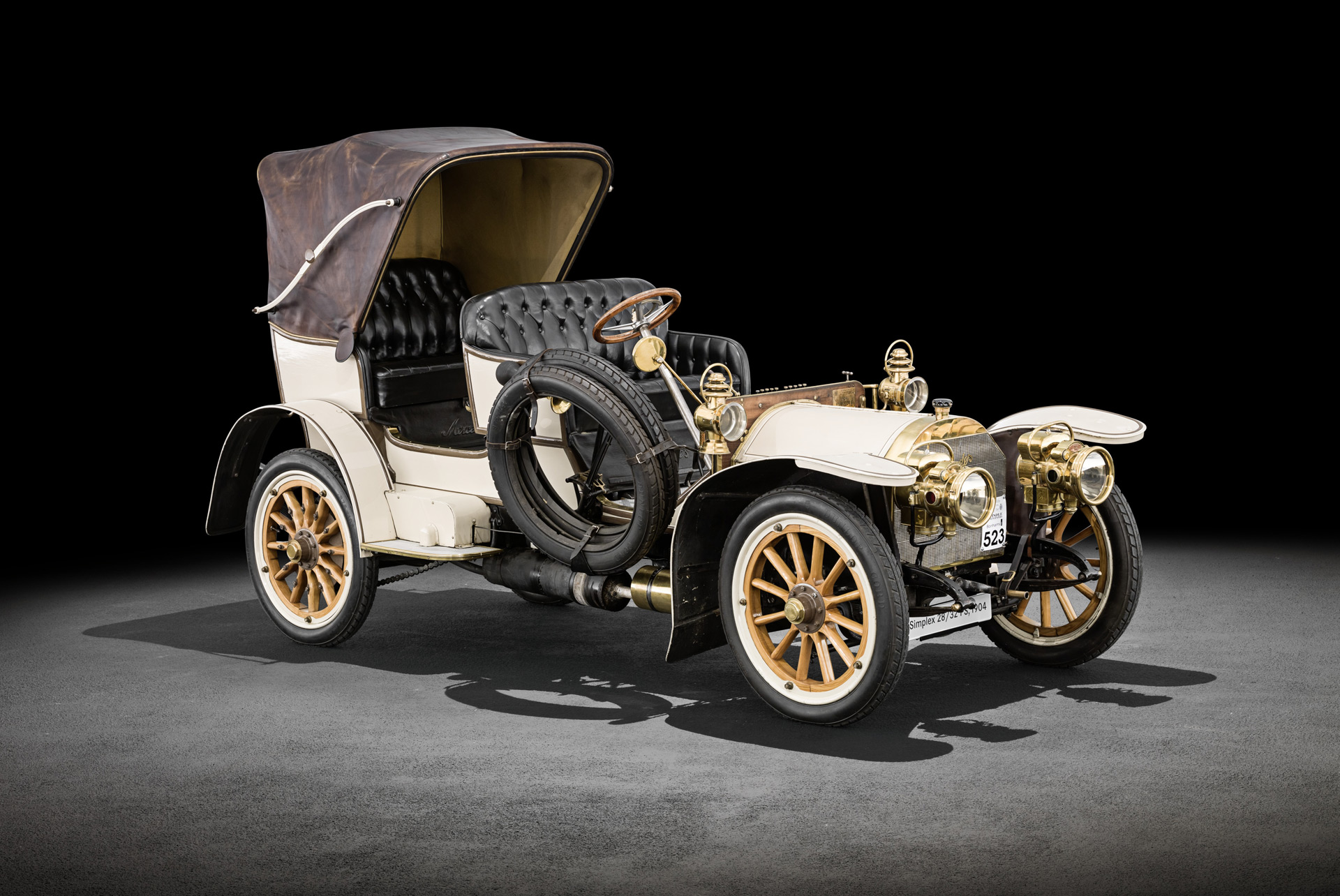A car that helped lay the groundwork for the company that we know today as Mercedes-Benz just sold at auction for $12,105,000. That’s among the highest prices ever paid for a car built before 1930.
The car was a 1904 Mercedes-Simplex 60 HP similar to the one shown here, and was sold at a Gooding & Company auction coinciding with this past weekend’s 2024 Amelia Island Concours d’Elegance. According to the listing, the car is just one of five surviving examples from an original build run of 102 examples. Until the auction, the car was also in the same family for an incredible 121 years.
The Simplex line of cars were built by Daimler Motoren Gesellschaft starting in 1902, and the 60 HP version launched in 1903. The cars were known for being big and powerful, making them popular with the wealthy.
The 60 HP was built by Daimler on behalf of Emil Jellinek, who was helping to sell Daimler cars to customers in France. He would sell the cars using his daughter’s name, Mercedes, as the brand. While it was thought for many years that Mercedes was just a nickname of Jellinek’s daughter, who was also known as Adriana, one of her original passports has been found where her name is listed as Mercedes. The Mercedes-Benz brand would follow in 1926, when Daimler merged with Karl Benz’s car company.

Emil Jellinek and daughter Mercedes
For the 60 HP, Jellinek required that the vehicle be much more luxurious and more powerful than previous Simplex models, as he intended to use it to promote the new concept of holiday road trips to wealthy industrialists in Europe. Daimler delivered by giving the car a 4-cylinder engine displacing 9.3 liters. This made the 60 HP a favorite among enthusiasts and early racers.
This particular 60 HP was originally purchased by British newspaper magnate and automotive aficionado Alfred C.W. Harmsworth, who founded newspapers like the Daily Mail and the Daily Mirror. He also helped promote cars through various publications, including the book “Motors And Motor-Driving,” which featured essays from the likes of motoring pioneer John Montagu and Rolls-Royce co-founder Charles Rolls.
Harmsworth also entered the car in various races, including the famous Nice Speed Week on the French Riviera, where it was prepared in the garages behind Villa Mercedes, Jellinek’s private home in Nice. During the event, the car set a record for the standing mile.
Eventually, Harmsworth retired the car from competition and had it fitted with a body by the French coachbuilder J. Rothschild et Fils. It was at this time the car was fitted with its license plate. Plate A 740 is among the earliest issued by the London City Council, which began issuing license plates in 1903 starting with A 1.
Harmsworth passed away in 1922 and the car passed to his son Alfred, who was only 12 at the time. It would continue to be used, mostly for appearances at shows, right up to the 1960s when, due to its historical significance, it was prepared for long-term storage and put on display at the Beaulieu Motor Museum in Hampshire, U.K.
As the car was always in the same family, it remains in a highly original condition, and a fully documented history only makes it more desirable among collectors.
